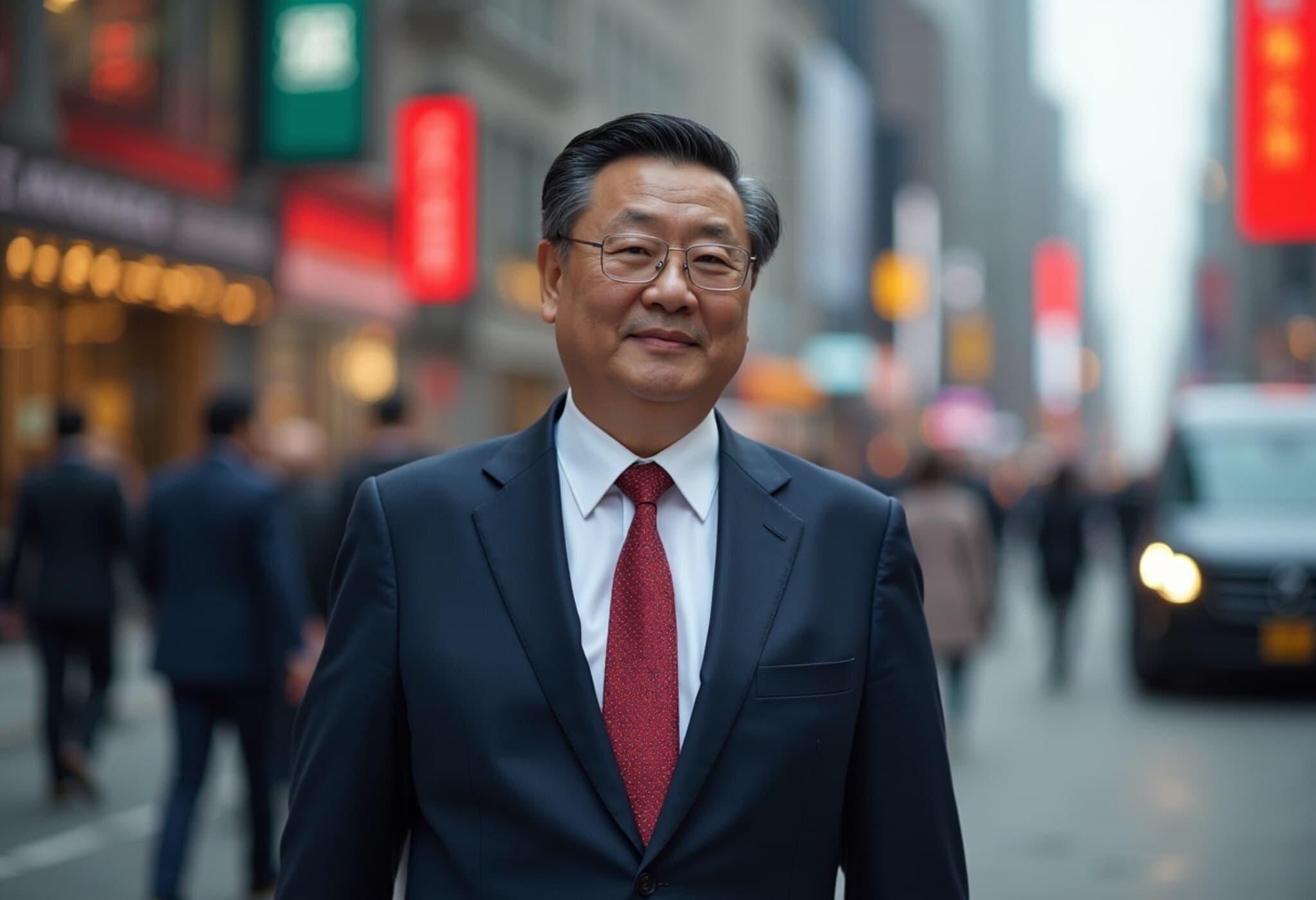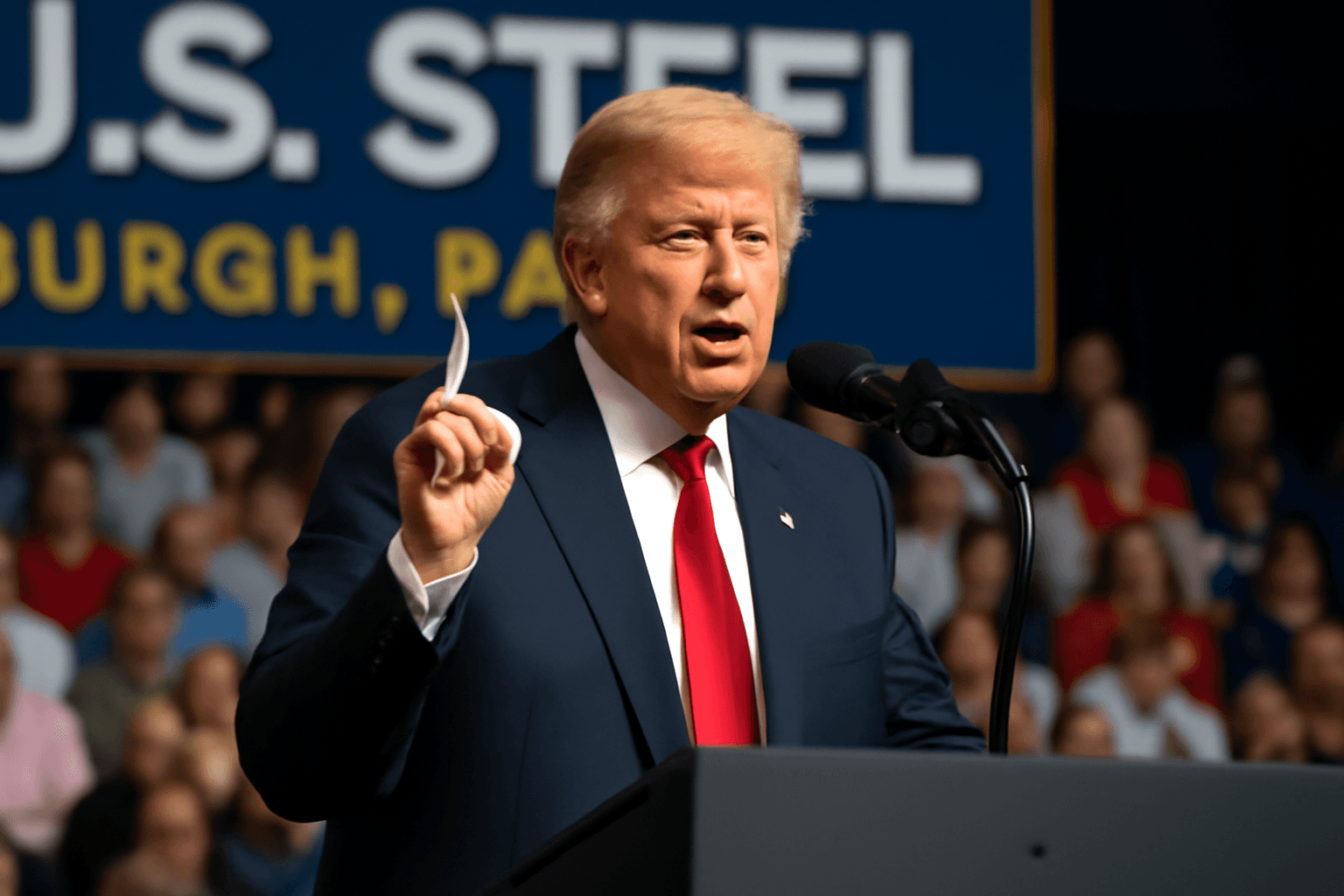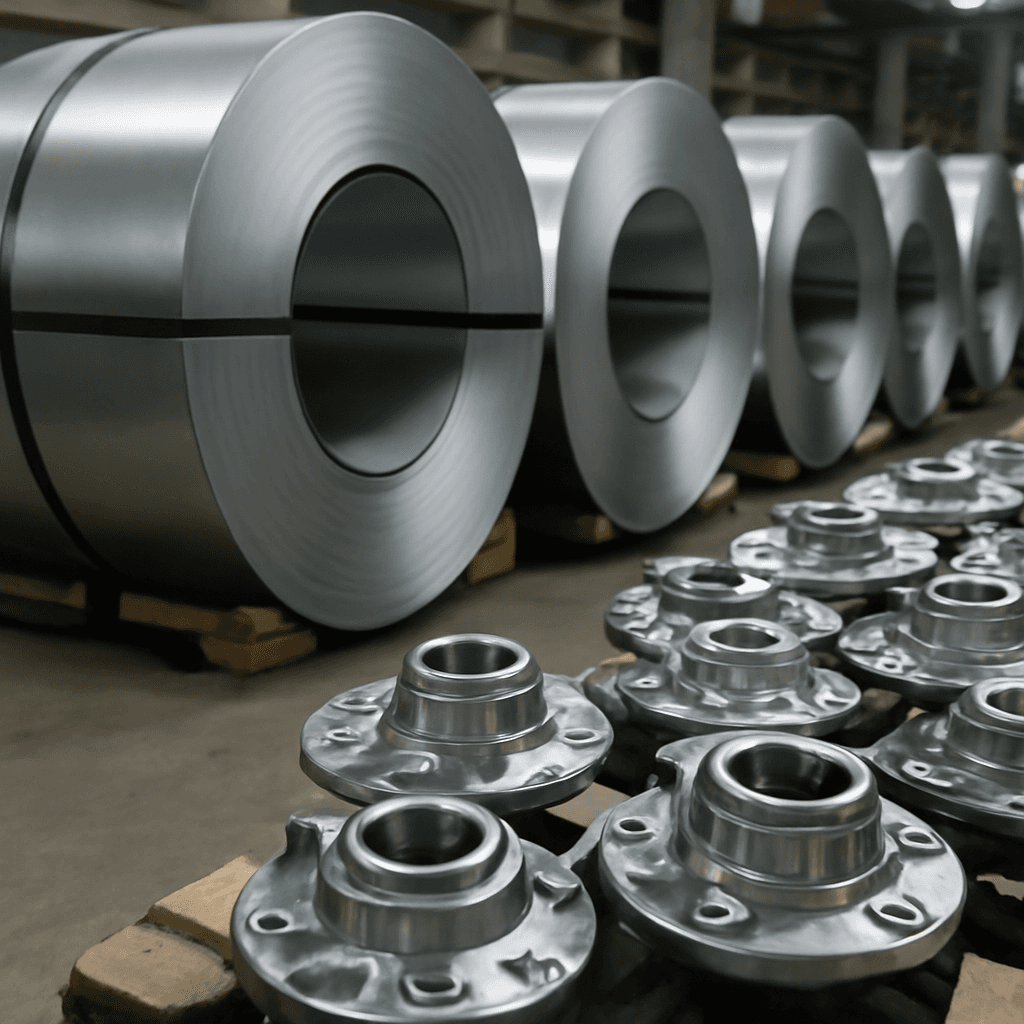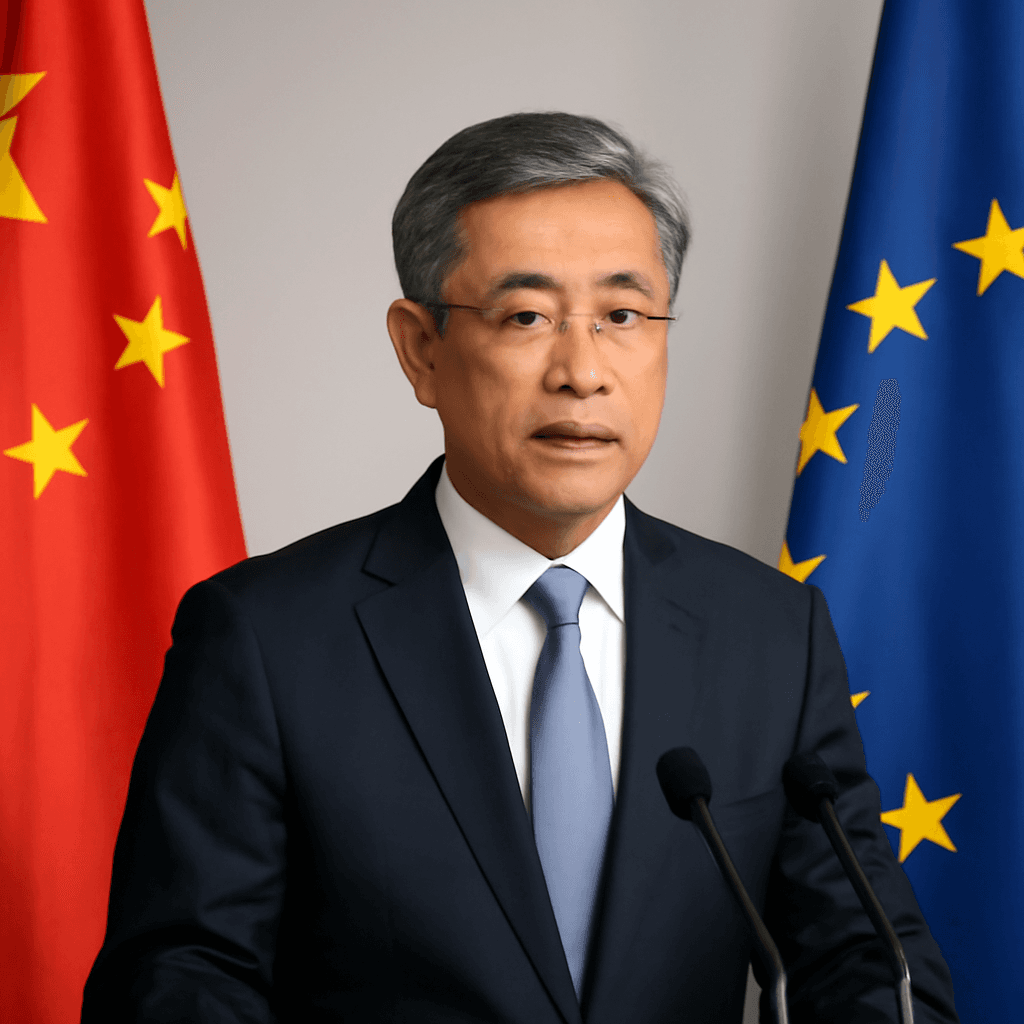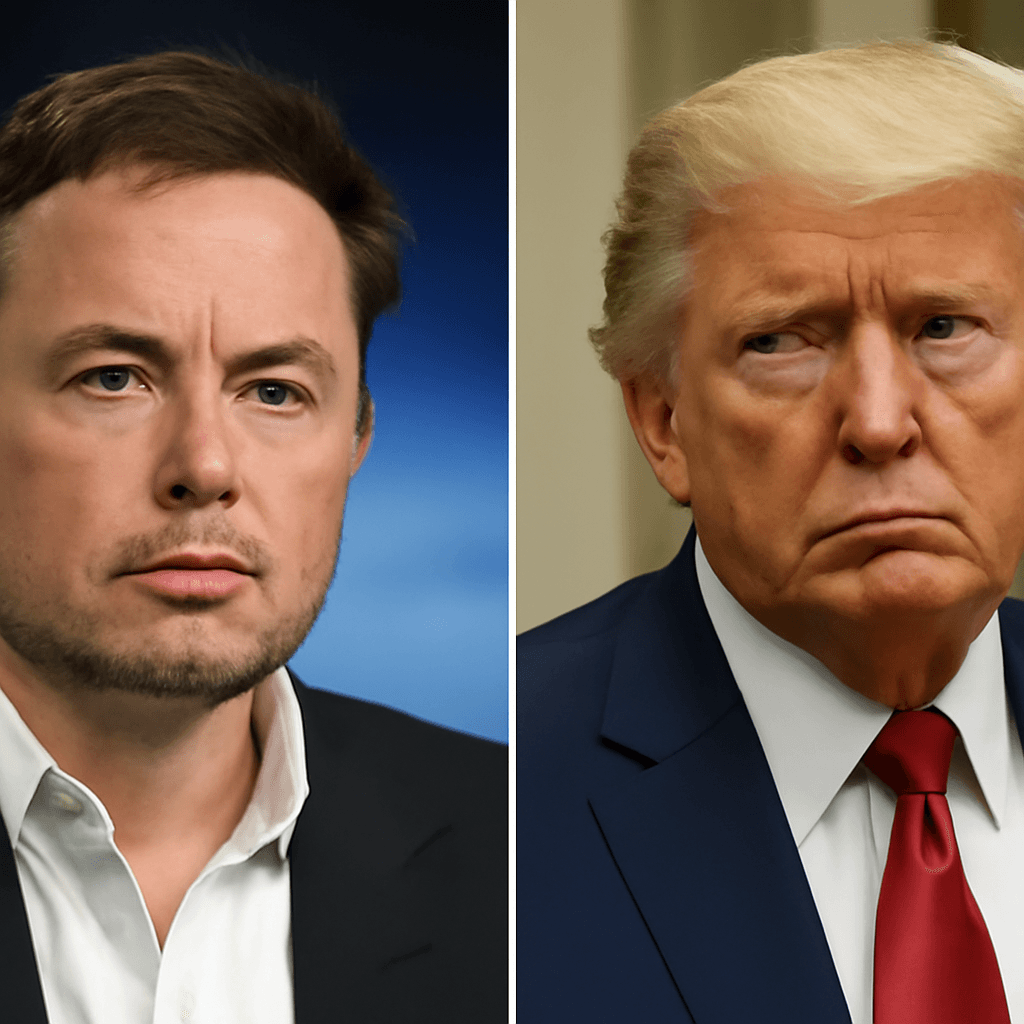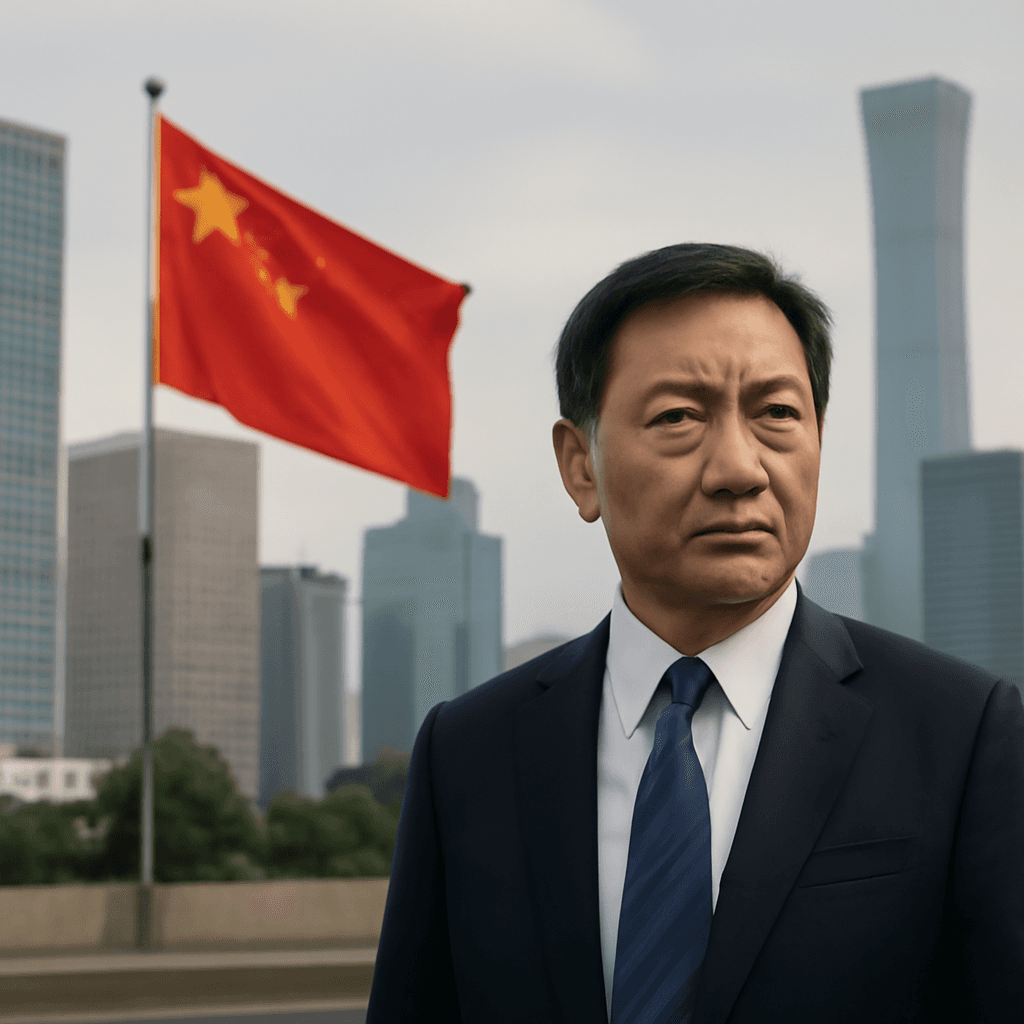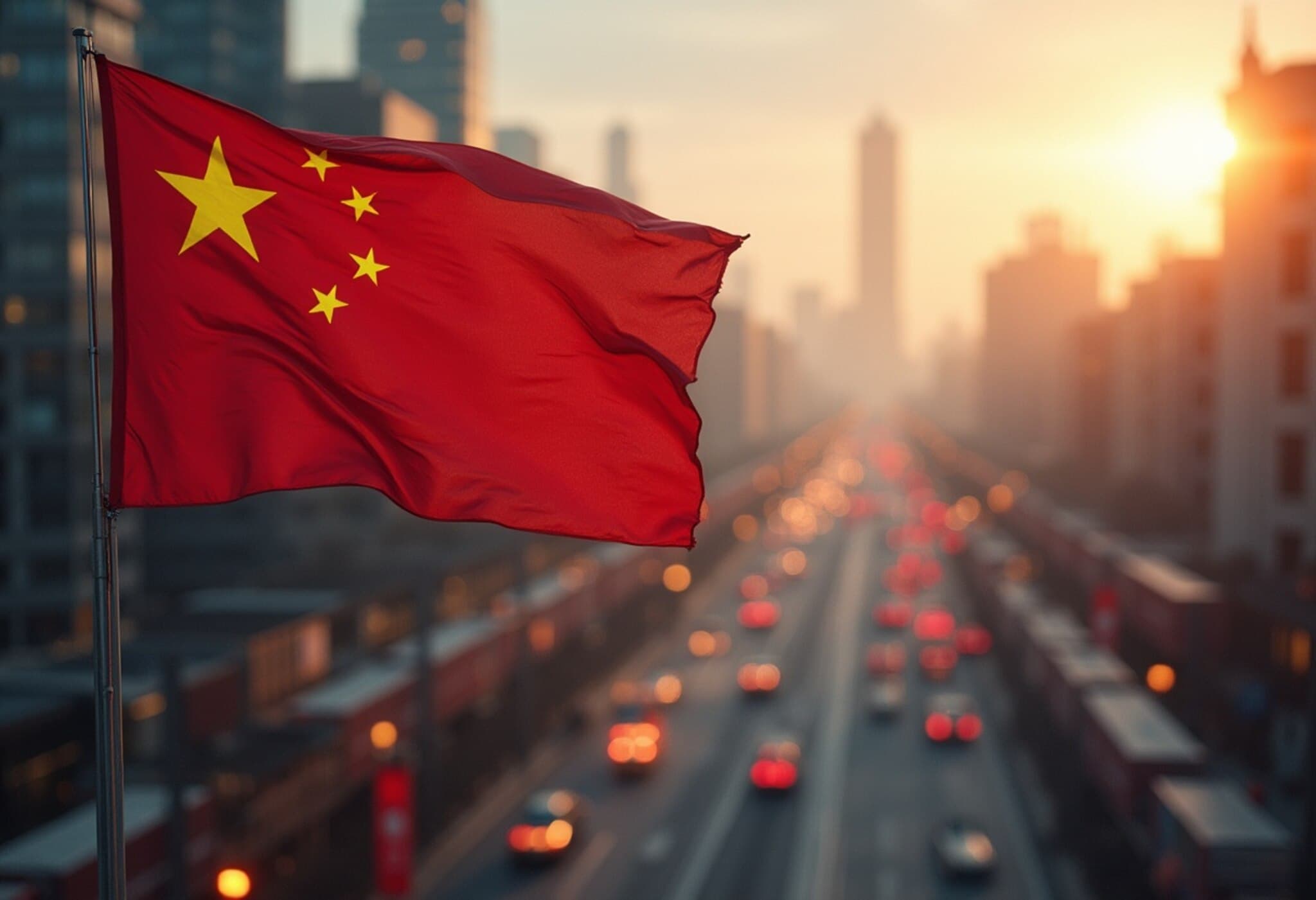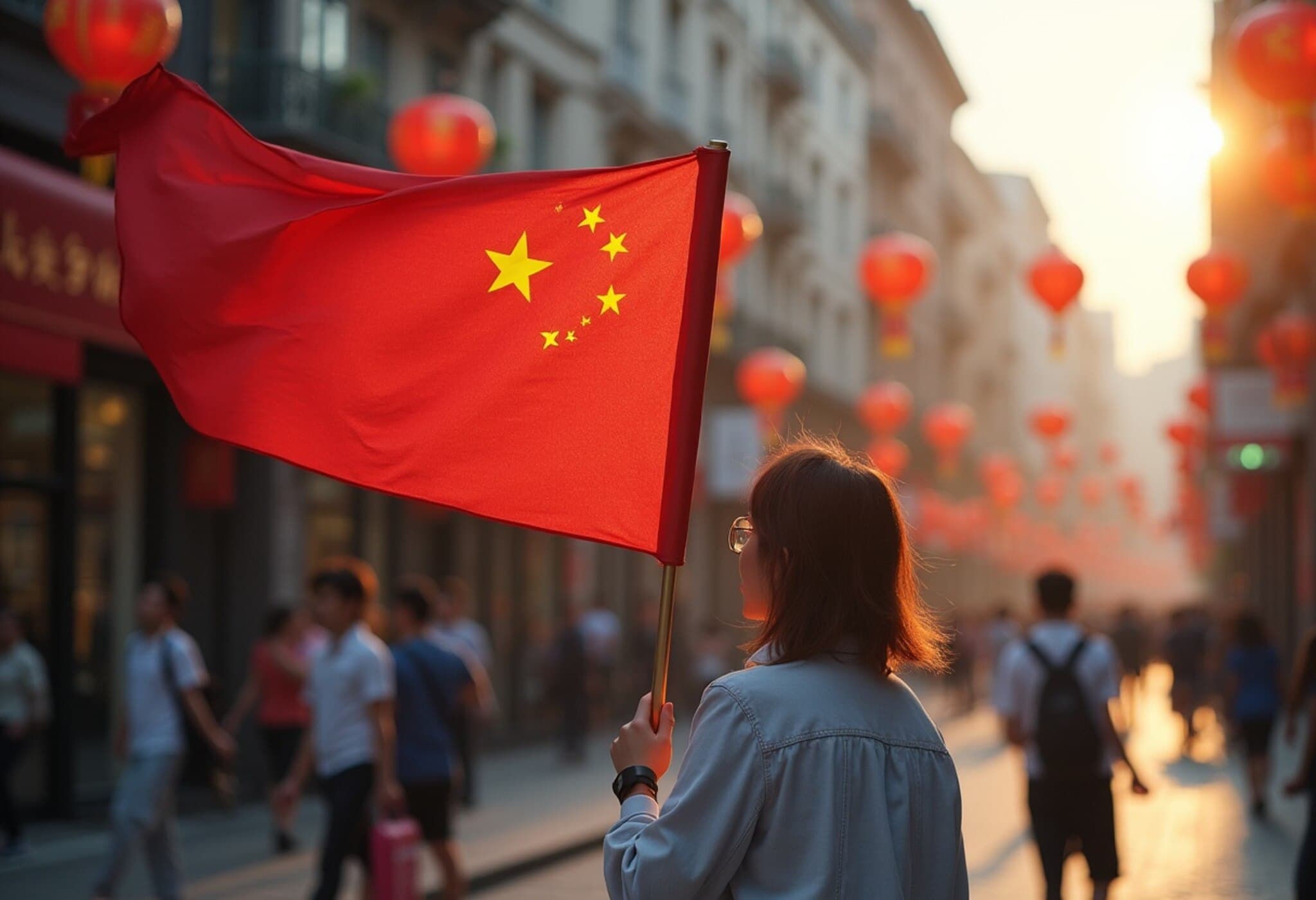China’s Premier Urges Stronger Price Oversight as Deflation Pressures Mount
Chinese Premier Li Qiang has put the spotlight on the nation’s burgeoning electric vehicle (EV) industry, urging government and industry leaders this Wednesday to implement tighter price regulation and stronger cost monitoring. This comes as the economy faces increasing deflationary pressures partly fueled by cut-throat price wars in key sectors.
Price Wars Threaten Industrial Profits and Supply Chain Stability
Addressing the persistent concerns of oversupply and aggressive undercutting known internally as “involution,” Premier Li singled out the EV industry — along with solar panels and steel bars — as sectors grappling with surplus capacity and destructive price competition. Li emphasized that major automakers must exercise greater self-discipline in pricing, ensure timely payments to suppliers, and prioritize technological innovation and quality upgrades to enhance overall competitiveness.
The impact of these price wars is visible in economic data: China's industrial profits declined in May, despite an 11.7% increase in car sales during the same timeframe, driven largely by new energy vehicles. Factory-gate prices have also dropped by approximately 2.8% year-on-year in the first half of 2025, reflecting deflationary trends.
Balancing Growth With Necessary Industry Corrections
Economists caution that while addressing oversupply is critical, Beijing faces a delicate balancing act. Production cuts, particularly in industries selling goods at a loss, may be inevitable but could also suppress economic growth and jeopardize employment — outcomes the government is keen to avoid amid ongoing uncertainties in international trade, notably with the United States.
Neo Wang, lead China strategist at Evercore ISI, warns that Beijing’s current rhetoric may amount to a short-lived campaign rather than a sustained reform effort: “Ensuring growth and preserving jobs take precedence over tackling deflation,” he explains.
Furthermore, although some companies plan to reduce output, market dynamics make wider supply curtailment unlikely. Experts like Tianchen Xu of the Economist Intelligence Unit highlight the challenges of sustaining price discipline when incentives remain to undercut rivals and capture market share.
Consumer Demand & Policy Initiatives
Sluggish consumer spending compounds challenges for businesses. Premier Li underscored the need to remove unreasonable restrictions that hinder household consumption and optimize trade-in programs for consumer goods. Such measures seek to invigorate domestic demand, which remains a critical pillar for sustaining China’s economic momentum.
Deputy head of the National Statistics Bureau, Sheng Laiyun, shared in a recent industry forum that some progress has been made organically, as sectors like solar panels, cement, and automobiles have begun to show signs of easing price cuts without direct government intervention.
Expert Insight: The Road Ahead for China’s Economy
- Industry self-regulation vs. government intervention: Finding the right mix remains crucial to prevent deeper deflation without choking off growth.
- Job market stability: The government’s priority on employment security will shape how aggressively it tackles oversupply.
- Global trade uncertainties: Ongoing tensions with the U.S. add an extra layer of complexity for export-dependent sectors.
- Technological innovation: Investment in quality and R&D in the EV industry could pave a path beyond price wars toward sustainable profit margins.
Editor’s Note
China’s economic policymakers are navigating a tightrope between curbing damaging price competition and sustaining growth amid mounting deflationary signals. The premier’s intervention in the EV sector highlights broader challenges facing surplus-heavy industries. As the government champions innovation and quality, critical questions remain: Will these measures translate into lasting reforms, or will short-term pragmatism dominate? How will these dynamics impact global markets dependent on Chinese manufacturing?
Understanding the evolving balance China seeks between market forces and state oversight will be key to anticipating the trajectory of the world’s second-largest economy in the coming months.

